posted March 8, 2022
Living a vegan and cruelty-free lifestyle requires dedication and commitment, but it can have a significant positive impact on our world. Animals have been used as a resource for human consumption for centuries, but it’s often to their detriment. Read on to discover some tips on how to have a vegan home and lifestyle.
What is the Vegan Lifestyle?
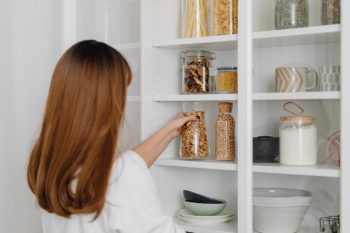
The vegan lifestyle involves eating a meat-free diet that is also free of any animal byproducts. A true vegan lifestyle also means that you don’t purchase or use anything that contains animal sources.
What is the Difference Between Vegan and Cruelty-Free?
The terms vegan and cruelty-free are often interchangeable, but they’re not exactly the same. Vegan means that you won’t eat or buy anything that contains any animal by-products whatsoever. Cruelty-free means that you only purchase products that are not tested on animals.
How to Transition to a Vegan Lifestyle and Home
Transitioning to a vegan lifestyle starts at home. It’s crucial to change your mindset before you begin to adopt new habits and buy new products. Once you decide that the vegan lifestyle is right for you, it’s time to start making changes in the things you eat, buy, and use. There are many things you can change at home to help turn your space and your life into a vegan, eco-friendly one.
Kitchen
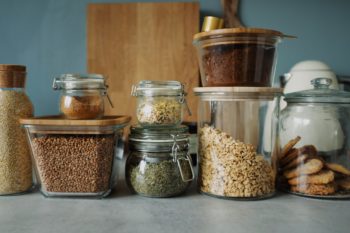
Going vegan starts in the kitchen and your diet. Keep these tips in mind to help you start your vegan journey.
- Pantry: Stock your vegan pantry with staple vegan foods like beans, grains, tofu, tempeh, nuts, seeds, and dried fruits. Switch from cow’s milk to seed- and nut-based or vegetable-based milk and use natural sweeteners like organic agave and maple syrup. Avoid foods with processed ingredients and be sure to avoid anything that contains palm oil, which has major detrimental impacts on the environment and animals.
- Fridge: Instead of processed and frozen foods, fill your refrigerator with fresh organic fruits and vegetables. Look for plant-based meat and dairy alternatives. You can find a range of delicious options for burgers, sausages, deli slices, chorizo, and more that are made using plants instead of actual meat.
Bathroom
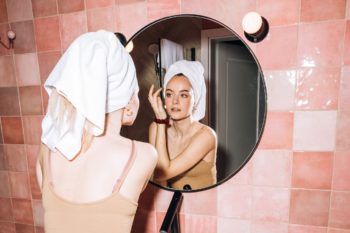
The products in your bathroom may be full of animal-based ingredients. Make the switch to vegan skincare, beauty, and personal products. Here are some tips to help you know what to look for when buying new products for your bathroom.
- Ingredients to avoid: Don’t purchase anything that contains ingredients like collagen, squalane, milk, honey, lanolin, or beeswax. Collagen is a protein that mostly comes from animal bones and skin, and squalane comes from shark liver oil. Of course, milk, honey, and beeswax come directly from animals so they should always be avoided. Lanolin comes from sheep’s wool and should also be avoided.
- Leaping Bunny Certification: When purchasing vegan beauty and skincare products, look for the Leaping Bunny symbol. This important program ensures that all products bearing its symbol are completely cruelty-free and don’t involve animal testing or contain ingredients from third parties that perform animal testing.
- PETA’s Cruelty-Free List: The organization known as PETA (People for the Ethical Treatment of Animals) offers a comprehensive list of products that are completely cruelty-free.
Home Décor and Bedroom

It’s easy to choose vegan décor and products for your bedroom once you know what to look for and what to avoid.
- Vegan materials to look for: Seek vegan materials for furniture, pillows, blankets, rugs, comforters, clothing, shoes, and bags. Materials like linen, organic cotton, bamboo, faux fur, and faux vegan leather are all excellent choices. Natural jute, sisal, and hemp make excellent rugs and handbags and are obtained from sustainable, eco-friendly sources. You can also update your home with more eco-friendly flooring made of bamboo or use kitchen utensils and plates made of bamboo.
- Materials to avoid: Avoid purchasing home products that contain wool, leather, silk, animal feathers, or real fur. Don’t buy down pillows or comforters which are made using the feathers of birds.
From your diet and nutrition to beauty products, it’s easy to make the switch to a vegan and cruelty-free lifestyle with some simple changes. Keep these tips in mind to help you make the transition in every aspect of your life and home. Over time, you’ll find that living and following a true vegan lifestyle is easy. It’s also the best way to help protect the animals that share our environment.
Originally posted on Porch.com

Cassandra Rosas is a content writer at Porch.com. Animal lover, and environmental advocate, she loves to write about sustainability, animal rights, veganism, and other environment-related topics in her efforts to contribute to making this world greener.
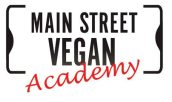
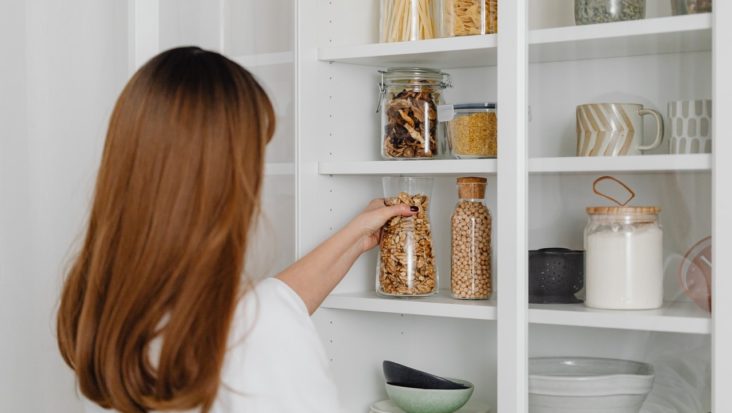
Biossance makes beauty products containing 100% sugarcane-derived squalane! I love their vegan and cruelty-free Squalane + Omega Repair Cream.
What to look for or a recommendation when looking for skin lotion?
I made the mistake buying a duvet with goose feathers. Just did not give a thought with this purchase. But tell me, if the goose was not killed I assumed, how is this considered animal cruelty? The feathers will grow back. To me it’s like cutting your hair.